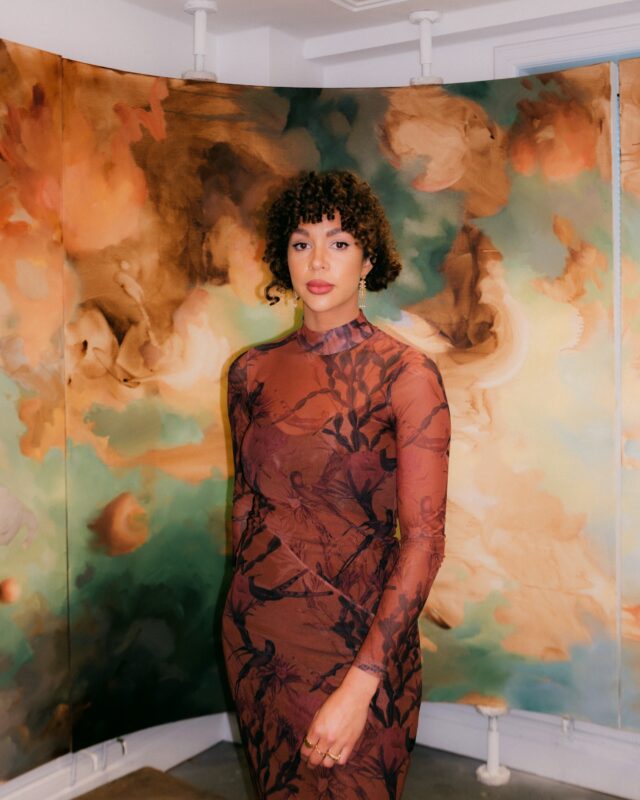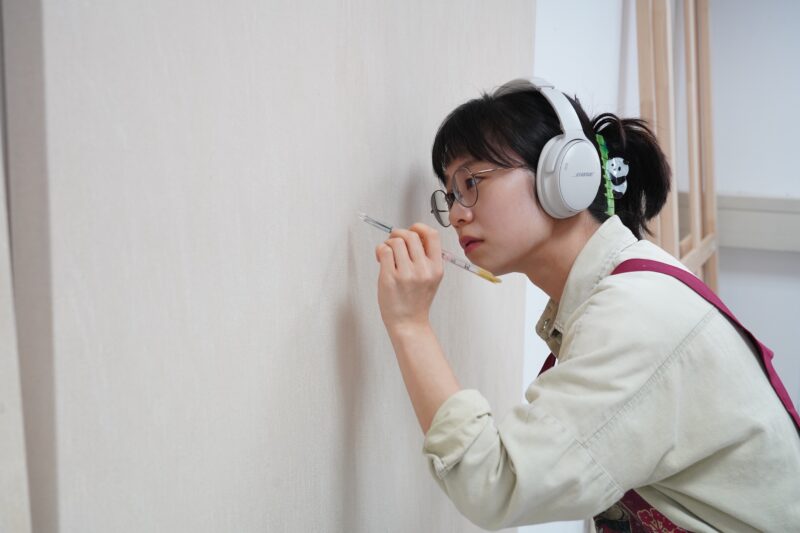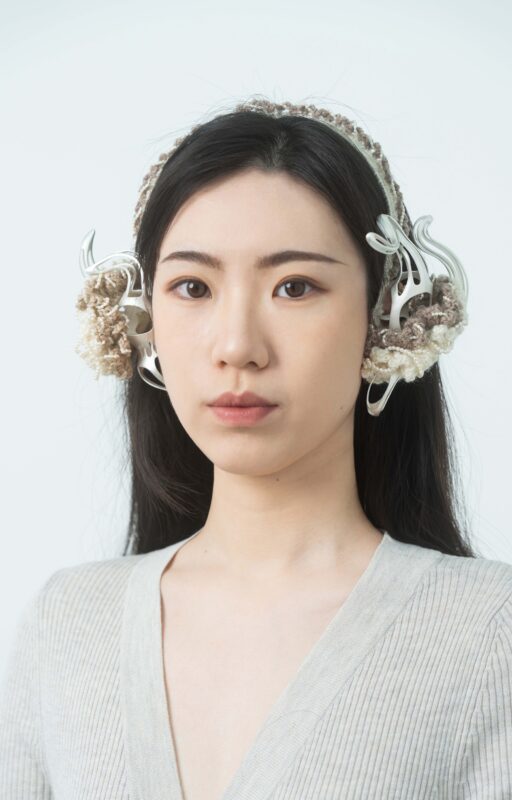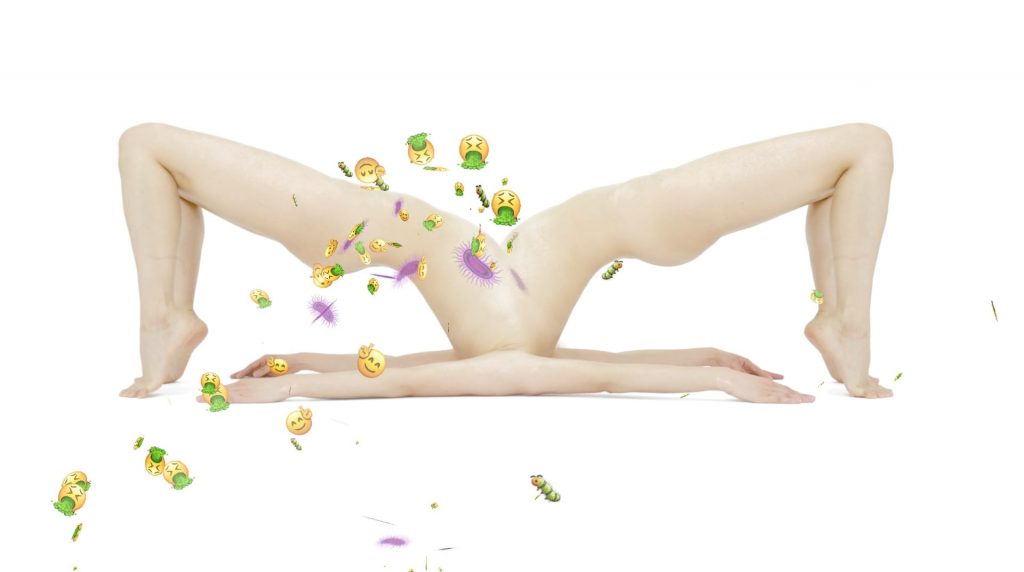
Chinese born, London based artist Jing Su recently sat down with art historian, writer and curator Hector Campbell to discuss her experience of arts education, her GIVE series of moving image artworks, her interest in the philosophy of ‘self-care’ and what she would have exhibited at her physical MA degree show.
Hector Campbell: In 2017 you graduated from Camberwell College of Arts with a BA (Hons) in Illustration, producing for your degree presentation a series of semi-shattered porcelain objects adorned with your designs. What was your experience of undergraduate arts education? And how did your work develop whilst studying at Camberwell?
Jing Su: I was lucky to be able to study at Camberwell College of Arts – I loved the location, the culture, the people – it is a wonderful enriching area, I did all my growing up there. BA Illustration is a large programme and facilitated much collaboration, I participated in many group projects and attended two wonderful school trips, the course was a great way to meet people and learn about their work. I was surrounded by so many gifted people and this kind of atmosphere forces you to constantly push yourself to do the best work and research possible.
Being part of the wider University of the Arts London community meant I could access other colleges, sharing facilities, and meeting people from various disciplines and courses. I could visit the London College of Communication to make artists books and Central Saint Martins for textile workshops, before finishing off my day in the extensive library there. I could also go to Chelsea College of Art and Design to produce large format printed works and to attend fine art lectures.
I have always recorded my reflections and experiences via drawing as the basis for further experiments, and as my private musings, but during my time at Camberwell, I experimented with different concepts and ways of making work – including image production, costume, print, sculpture, and moving image – my work became included mixed-media, multimedia, and performative.
My art practice mainly focused on the biological chain and the impact of technology on our society. When back in China, I lived in the countryside with my family during the summer holidays and loved to visit local farms. I found the experience fascinating and, through a series of conversations with the local farmers, I developed an interest in food economy and biological knowledge. In a series of works exploring Chinese agriculture, I investigated the ties between agricultural production and the physical labour condition, discussing the association of utopian ideal in agricultural practice. I documented my personal experience of farming by using video recording. I used the body as a tool for physical labour and corporate farming as a means to explore the relationship between the value of labour and the food economy, as well as using the interaction between different generations of people working together as an exchange of thoughts and experiments of thoughts.
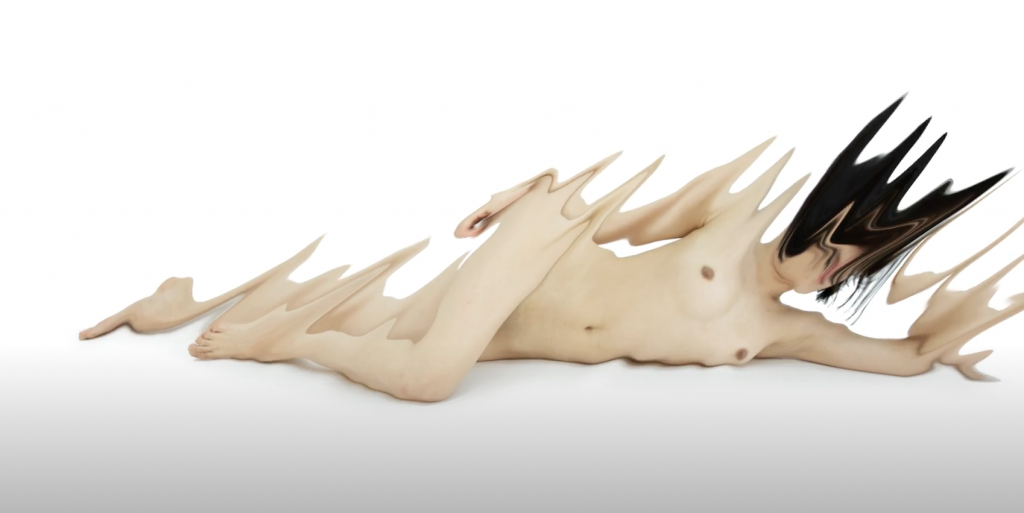
H.C: Having completed your BA, you recently graduated from the Royal College of Art with an MA in Contemporary Art Practice. What led you to pursue an MA in Contemporary Art Practice rather than perhaps in Illustration or Fine Art? And how did your art practice develop further whilst completing your postgraduate degree?
J.S: My background in illustration has shaped me into an excellent image-maker, but I believe that art should not just be placed within galleries or museums, and should not depend on only one medium. After my undergraduate study, I was looking for a course to enhance my critical approach. I visited the open studios at the Royal College of Art as well as their Work In Progress show before I decided to apply to Contemporary Art Practice. The course strives to break the traditional art rules in both medium and thinking with a critical perspective. This approach would allow me to create something new, the challenges were there, but I knew exactly what I wanted to do.
While at the RCA, my art practice began to challenge the perception of the female condition, self-politics, as well as a very personal expression of the medical gaze. At the beginning of the autumn term of 2018, I fell ill and had to go into a hospital in London to have an operation. The experience was incredibly unpleasant, I was told that I could get cancer if I did not cooperate, it was an intense time and drove me to reference the experience in my art practice. This led me to discover Roxane Gay, Mark Finisher, Johanna Hedva, Jo Spence, et al. I felt sad that all women have similarly terrible experiences in this world, and that helped me step out of the fear and darkness.
Being a woman, and a woman of colour, I think I am privileged to have had such an amazing education and that I can use my artwork to create a voice. I wasn’t interested in the topic of beauty standards but I ended up investigating it a lot through the ideas of ‘gaze’ and ‘death’ – I recall my surgeon telling me that the abnormal cells could grow back again, and that making me feel depressed when I was not depressed.
I now use my body as a form and I use software to manipulate it. Most of the work I make starts with experimentation and testing because making a moving image work is like facing an empty canvas, there are infinite possibilities. It is the most immediate way of expressing myself and you can endlessly amuse yourself. It is also about taking risks as well, as with a lot of things I want to make, I still have a lot to learn technically with how to use different software. I used the moving image suite studio a lot while at the RCA, and I always had so many questions to ask the technicians!

H.C: Due to the effects of the Covid-19 pandemic and subsequent lockdown, many of this year’s graduate degree shows were cancelled, with the RCA opting to present a virtual degree show on their RCA2020 online platform. As an artist working primarily in single channel or moving image work, what were the disadvantages, or perhaps the benefits, of an online degree presentation? And could you speak to what you might have presented at a standard, physical degree show?
J.S: While RCA2020 was intended as a virtual degree show, I would say it was unacceptable, it wasn’t a degree show at all! It was not easy to upload work during the process, I even cried a few times just in front of my computer. My page had glitches but I was not able to do anything to rectify this. Some might say that digital or moving image work is perfect for an online show, but I was not expecting or intending for the audience to be watching my work from their own computer or phone.
I have always placed my work in the physical place so it can be presented in a very immersive way – architecturally, all videos are intended to be playing looped at the same time, but with each one arranged in a different location. I also wanted to make a sculpture to frame the screen that has liquid drooping down from the screen, with the whole installation becoming like a fountain…
H.C: For the RCA2020 virtual degree show you exhibited GIVE, a series of eleven moving image artworks that depict your nude body, often contorted into uncomfortable positions and distorted through the use of visual effects and the addition of computer-generated imagery. I understand that the work aims to contest the use of women’s bodies as cultural artefacts, especially in medical or political settings, but could you further explain the conceptual underpinning of this series of artworks?
J.S: GIVE is the result of my core philosophies, which are a very personal expression of what it means to be a woman in systems largely still dominated by men. Inherently feminist in tone, it consists of an aesthetic journey through both personal and political realms, a trajectory that explores the body of a woman as a cultural artefact.
In GIVE, I use my body as the female form, and fragmented body parts are symmetrically juxtaposed on the screen. There is a very organic quality within the geometric movements, and the symmetrical effects create a gravity similar to that of a kaleidoscope, the movements shift within the video from organic and monstrous shapes to architectural patterns. All the visuals have a very clean background and produce a sense of clinical sterility. I re-performed scenes of the process I went through when I was in the hospital. Through questioning of rituals, processes, and passive behaviours surrounding the medical gaze – as well as the preparation for the public and the private self – I create a fictional space where I can explore and question clinical representations of the female human body.
Within those visual fragmentations, I reflect on women’s intimate struggles with the male medical gaze, both psychologically and physically. The playful composition of alienated and divided female body parts complexify our understanding of women’s visibility from the personal to the public realm.

H.C: Alongside your moving image works, you’ve also staged several performances during your time at the RCA. How do you think differently when working in performance as opposed to video? And is the documentation of the performance as important as the performance itself?
J.S: Personally, there is little difference to me between performance and moving image, as for each either an audience is present, or a camera in place of an audience. Therefore I also see no difference between the performance and the documentation video created, both are equally as important and should be viewed on a par with more traditional media such as painting or sculpture.
H.C: Finally, your 2019 moving image work Epimeleia Heauton takes its name from a study by the philosopher Michel Foucault into the Ancient Greek practice of ‘Self Care’ and depicts yourself meticulously shaving all parts of your body aside from the hair on your head. Could you tell us a little more about this work, both it’s practical undertaking and conceptual concerns?
J.S: The concept of ‘self-care’ explored by Michel Foucault through the Greek term ‘Epimeleia Heautou’ is an interesting one in relation to understanding the potential of self-introspection regarding social consciousness.
“In the Platonic current of thought […] the problem for the subject or the individual soul is to turn its gaze upon itself, to recognize itself in what it is and, recognizing itself in what it is, to recall the truths that issue from it and that it has been able to contemplate.” – Michel Foucault
Foucault considers self-awareness as a vital exercise that allows participation in, and commitment to, social and political life. Self-care allows the construction of one’s identity, one’s ethical boundaries, and hence also one’s individual freedom. He analyses self-care as operating on a physical, mental, and spiritual level. The spiritual level is not a religious one, but rather a rethinking of connecting the self and the flesh through the nurturing of one’s spirit or soul. It creates existential connections to others while allowing psychological autonomy.
Self-care also intensifies social relations. It is a process that addresses the current lack of sympathy and communication, for instance, in the medical system. Institutions use power to invade one’s identity and hence one’s ability to engage with self-care. A critical understanding of the forces that shape our identities and social roles allows us to engage with self-care in a way that emancipates us from institutional and structural oppression. To take care of yourself allows you not to be dominated by authoritarian abusive institutional pressure, self-care is liberation from oppression, freedom from domination.
